Fitness Fire 🔥
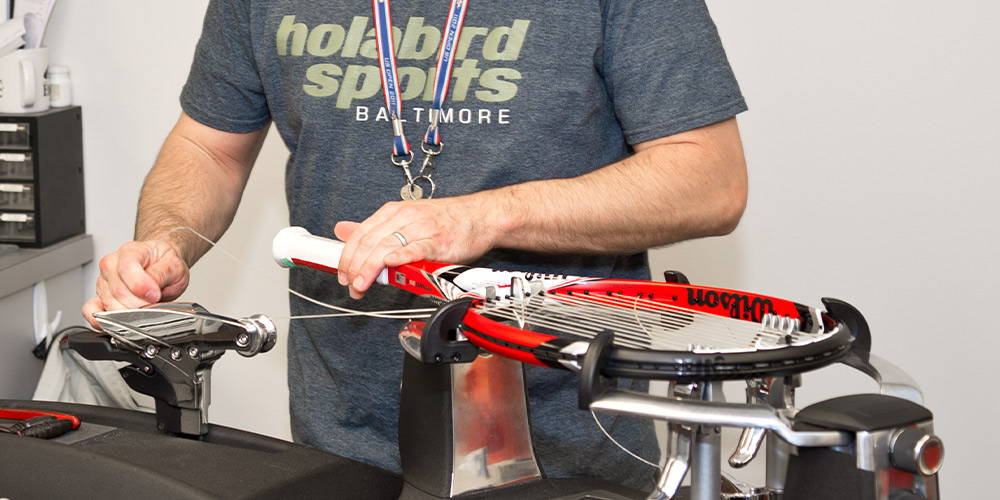
Ask the Stringer: My String Is Short
Q: I'm almost done stringing a racquet and I must have made a mistake measuring the string because it came up short. I'm new at stringing ...
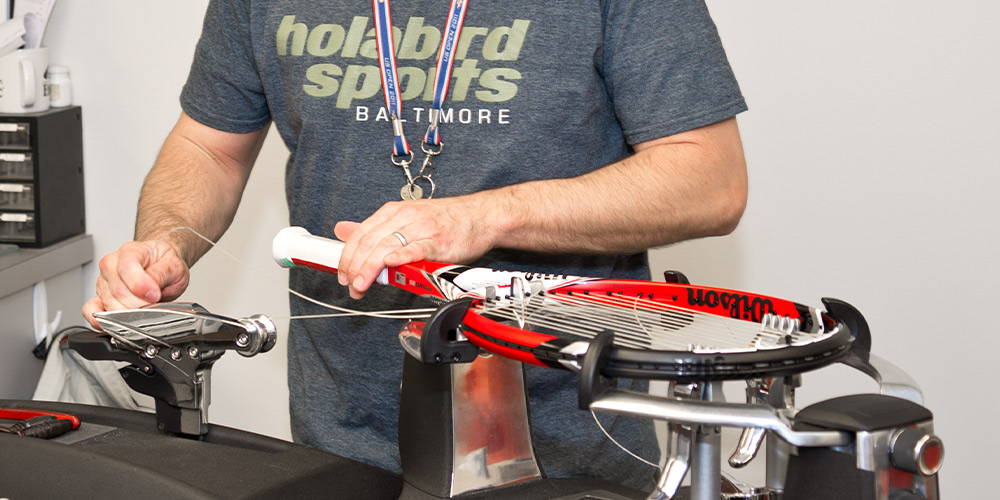
Ask the Stringer: Alternating Tensioning Mains
Q: I'm just learning to string and a lot of the how-to videos I've watched suggest tensioning mains alternately (one or two on one side, t...
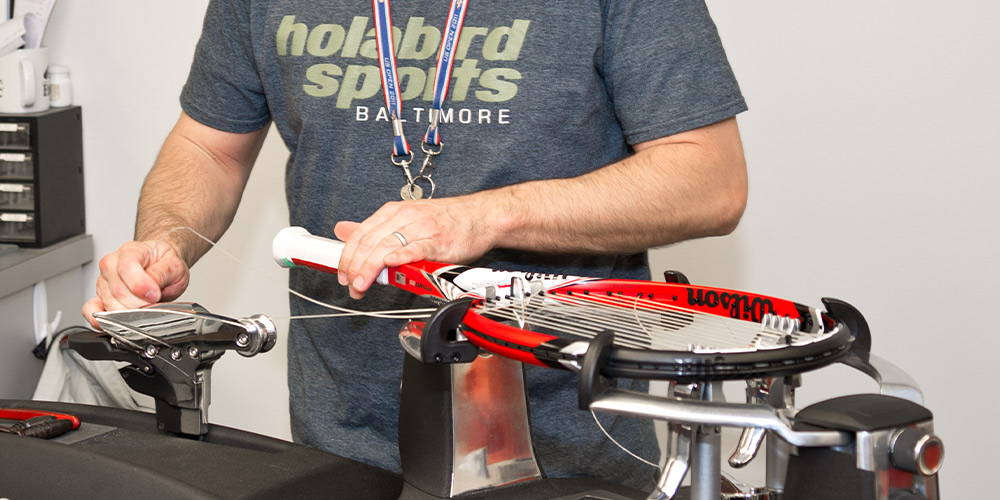
Ask the Stringer: Can I String a Cracked Racquet?
Q: After breaking my strings and cutting them out, I noticed that my racquet seems to have a hairline crack. Is it OK to still string it?
...
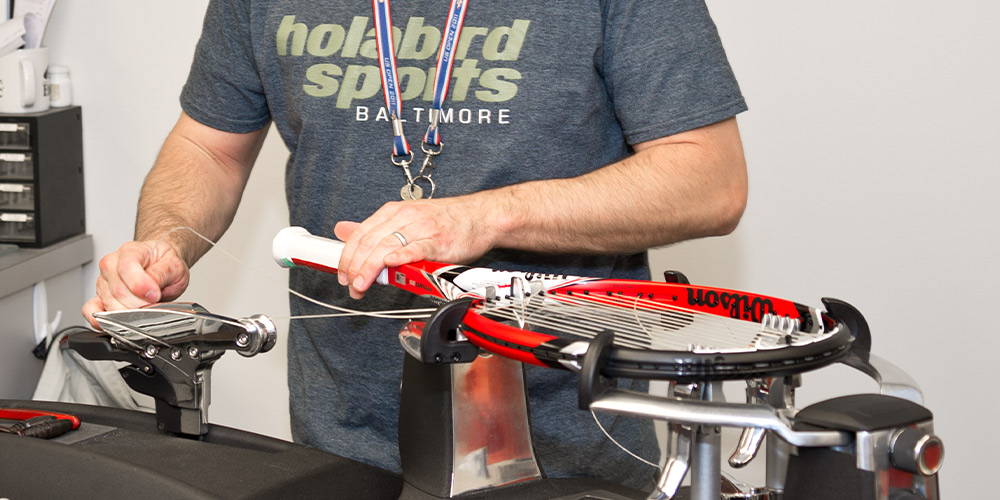
Ask the Stringer: How Can I Stop My Cross String Starting Knot from Pulling Back through the Grommet?
Q: I string my racquets two-piece and I've been having a lot of problems lately with my cross string starting knot pulling back through th...
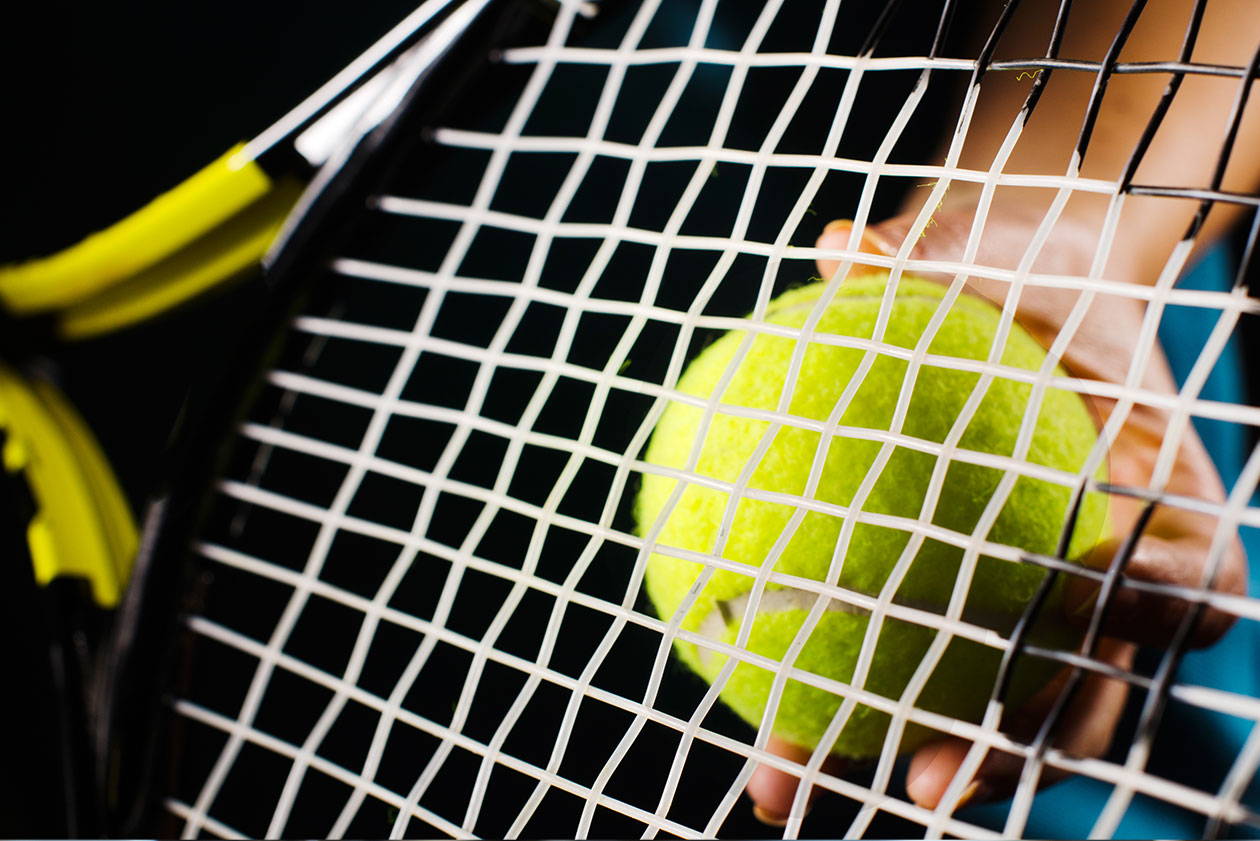
Ask the Stringer: Should My Mains & Crosses Be Strung at the Same Tension?
Q: If I string using a hybrid, should my mains and crosses be strung at the same tension or can I use different tensions?
A: This i...
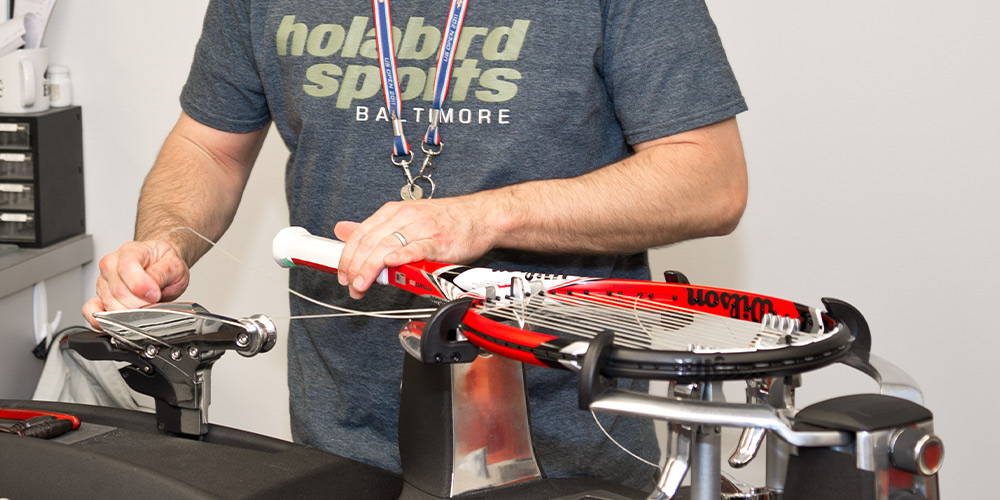
Ask the Stringer: Why Are My Crosses Wearing Out so Quickly?
Q: The last few years I have mainly had my racquets restrung with hybrids — normally some kind of gut in the crosses and another material ...
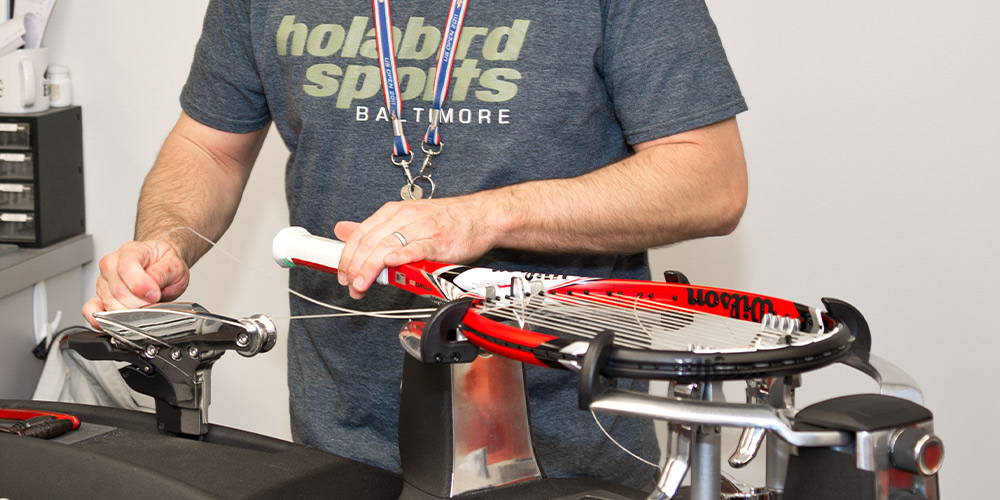
Ask the Stringer: Where Should I Tie Off My Strings?
Q: Does it matter where you tie off your strings? I'm stringing my Head Prestige Pro and the racket has an indicator to tie the mains off ...
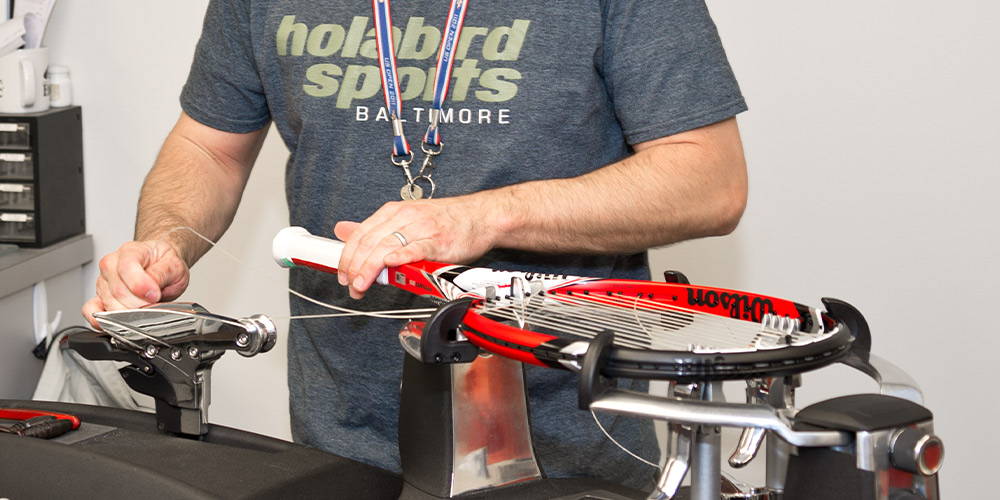
Ask the Stringer: Breaking Strings During Installation
Q: Hello, I use an electric Gamma XES stringer, with RPM Blast 17 at 50lbs. About 10% of the time, the string will break when I am pulling...

Ask the Stringer: Are There Strings to Prevent Tennis Elbow?
Q: I'm worried that I might be developing tennis elbow. Are there any strings that will help prevent tennis elbow or at least alleviate my...
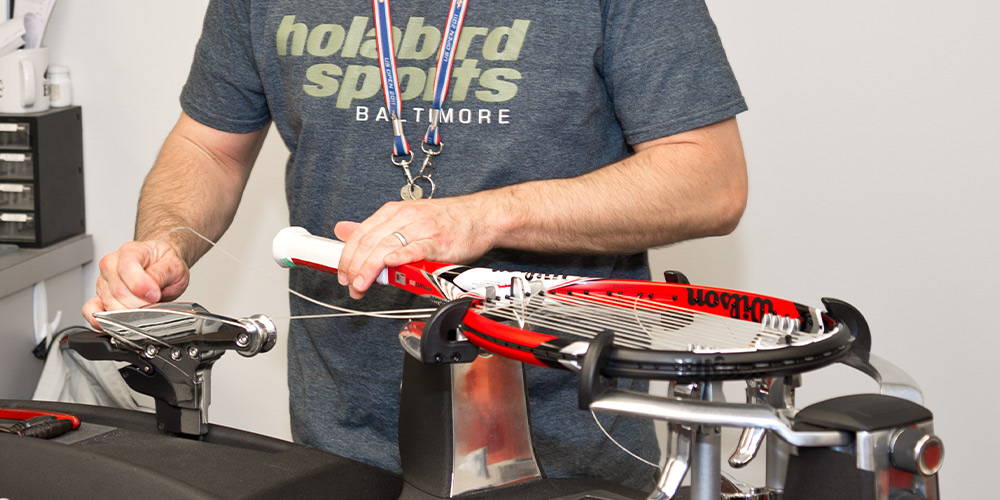
Ask the Stringer: Can Pulling Cross Strings Through Too Quickly Damage a Racquet?
Q: I string my own racquets but a tennis buddy told me that pulling the cross strings through too quickly isn't good. Is this true and wha...

Ask the Stringer: Do Tennis Racquets Ever Wear Out? Should I Replace My Racquet Frame?
Q: I've had my racquet for about 10 years and am wondering if it's time to take the plunge on a new one. Do racquets ever "wear out?"
...
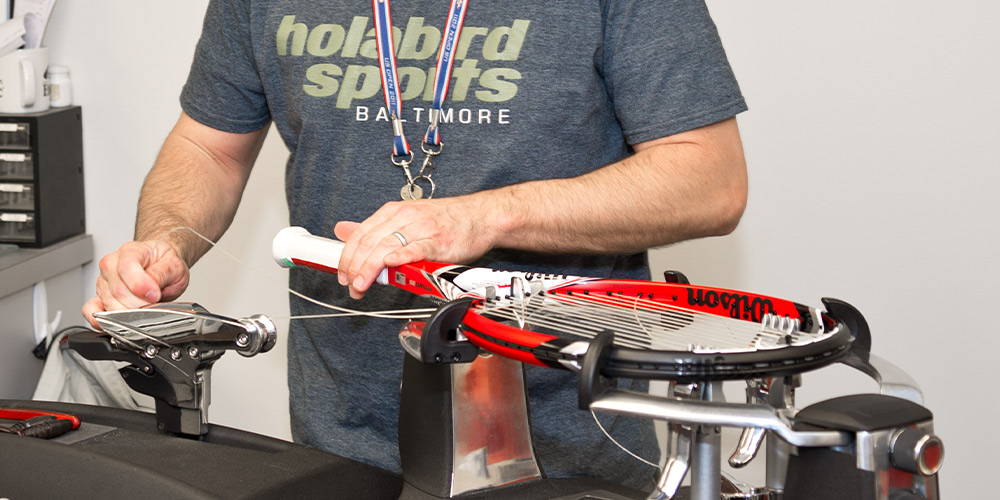
Ask the Stringer: Will Stringing My Racquet Looser or Tighter Increase the Longevity of the String?
Q: If I string my racquet looser/tighter, will it increase the longevity of my strings?
A: I've actually heard people submit theori...
